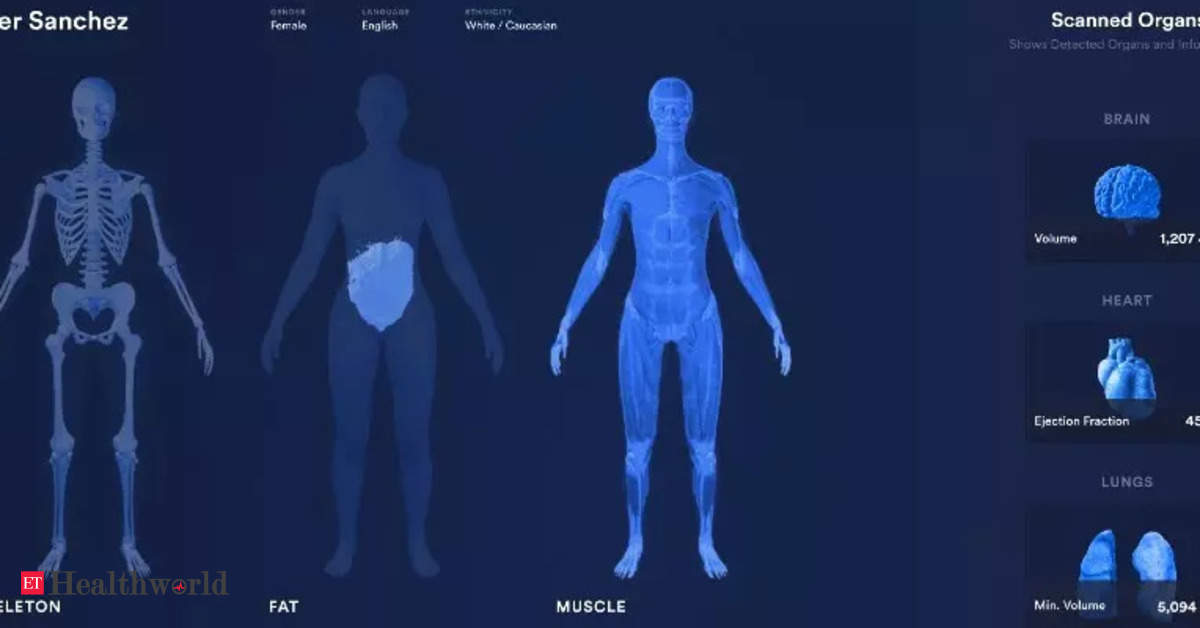Why is medicine effective against certain diseases in some individuals but not in others? In common diseases, the drug is ineffective in 40-70% of patients. One reason for this is that diseases are rarely caused by a “fault” that can be easily treated. Instead, the symptoms in most diseases are the result of altered interactions between thousands of genes of different types of cells.
Time is also important. Disease processes often develop over a long period of time. We often do not know about the development of the disease until the symptoms appear, and so there are often delays in diagnosis and treatment, which may contribute to inadequate medical efficacy.
In a recent study, an international research team aimed to bridge the gap between this complexity and modern healthcare by constructing computational disease models of altered gene interactions across multiple cell types at different time points. The long-term goal of the researchers is to develop such a computational model as the “digital twins” of individual patient diseases. Such medical digital twins can be used to prepare the medicine so that each patient can be treated with the right medicine at the right time. Ideally, before the actual treatment of a patient begins, each twin can be matched and treated with thousands of drugs in a computer.
Researchers began developing digital twinning methods for patients with hay fever. They used a technique called single-cell RNA sequencing – more specifically white blood cells – to determine the gene activity of each of the thousands of individual immune cells. These interactions between genes and cell types may differ between different time points in the same patient, the researchers measured gene activity at different times before and after stimulation of white blood cells with pollen.
To create a computer model of all the data, the researchers used network analysis. Networks can be used to describe and analyze complex systems. For example, a football team can be analyzed as a network based on a pass between players. The player who passes the most to other players throughout the match may be the most important in that network. Similar principles were used to create computer models or “twins” as well as to identify the most important disease proteins.
In the present study, researchers found that multiple proteins and signaling cascades are important in seasonal allergies, and that they vary greatly in cell types and at different stages of the disease.
“We can see that these are extremely complex changes that occur at different stages of the disease. The difference between the different time points means that you have to treat the patient with the right medicine at the right time ”, Dr. Mikel BensonProfessor from Linkoping University, Sweden, who led the study.
Finally, the researchers identified the most important proteins in the hay fever twin model. They showed that inhibiting this protein called PDGF-BB in experiments with cells was more effective than using a known allergy drug directed against another protein called IL-4.
Studies have also shown that methods can be applied to treat other immune diseases, such as arthritis or intestinal inflammation, at the right time. Clinical implementation will require international collaboration between universities, hospitals and companies.
The study is based on interdisciplinary collaboration between 15 researchers from Sweden, the US, Korea and China. The research has received financial support from EU, NIH, Swedish and Nordic research conferencesAnd Swedish Cancer Society.
